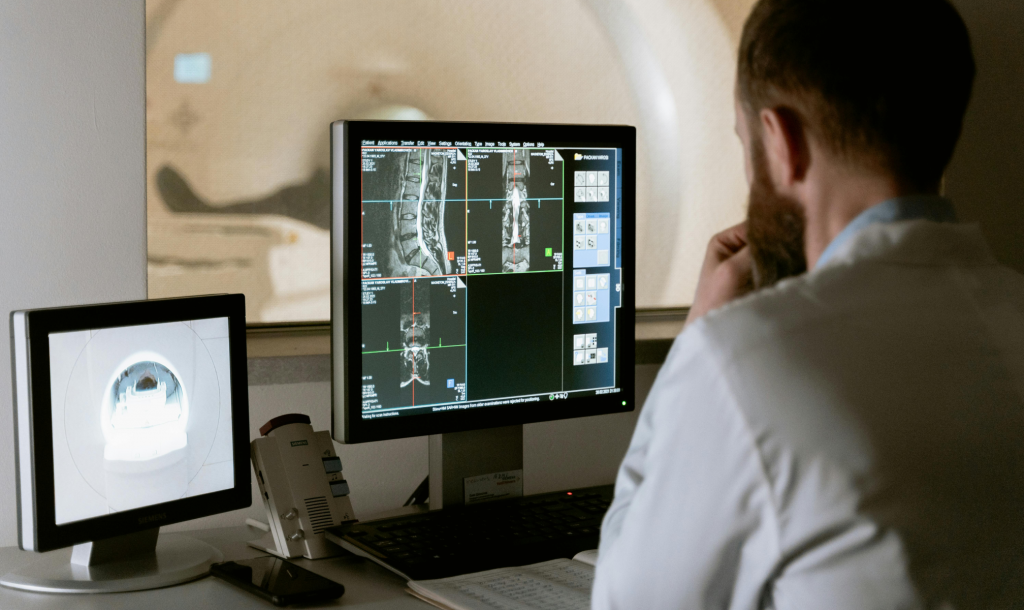Medicare Risk Adjustment (MRA) compliance is more than a regulatory necessity; it’s a patient-centric approach that benefits every stakeholder in the healthcare ecosystem. This comprehensive process requires the concerted effort of various teams within a healthcare organization, including operations, clinical, technology, compliance, quality, utilization management, and finance. Achieving MRA compliance (MRAC) is not solely about listing diagnoses for billing purposes. Instead, it’s about adopting a holistic approach to patient care, one that delves into the patient’s history, present condition, and future well-being, ensuring accurate documentation and diagnosis along the way.
The Team Effort in MRAC
MRAC is a testament to the power of teamwork. It thrives on the collaboration of diverse departments, fostering strong rapport through regular meetings, goal-setting, and open dialogue. This collective effort ensures that every aspect of patient care is considered and addressed, making MRAC a comprehensive and integrative process.
Beyond Diagnoses: A Patient-Centric Approach
At its core, MRAC is about understanding the patient wholly. It involves a deep dive into the patient’s clinical history, present treatments, and overall health narrative. This method not only refines treatment plans but also minimizes unnecessary interventions, empowering both clinicians and patients. It transforms the patient-doctor interaction into an opportunity for insightful discovery.
Diagnosis and Team Dynamics
Each diagnosis under MRAC triggers a cascade of actions involving various teams. For instance, a diabetes diagnosis immediately mobilizes the quality, care management, and patient education teams to ensure comprehensive follow-up and disease management. This interconnectedness underscores the importance of seamless team dynamics in effective patient care.
The Narrative of Care
Effective MRA compliance is akin to storytelling. It requires giving patients the space to share their experiences while ensuring that their narratives are captured meticulously and comprehensively. This narrative approach helps in building a deeper connection between patients and their care teams, enhancing the trust and rapport necessary for effective care delivery.
Impeccable Record Keeping
MRAC demands excellence in record keeping. Organizing patient records from various sources into a coherent story is vital. This not only facilitates a smoother care process but also ensures that any review of the patient’s records tells a complete, accurate, and satisfying story, much like a well-crafted novel.
Screening and Relationship Building
Effective MRAC involves thorough screening and a proactive approach to patient care. It’s about turning every stone, seeking clues, and fostering a trusting relationship with patients. Engaging patients in their care and building long-term relationships are fundamental to MRAC’s success.
Continuous Learning and Engagement
MRAC should be viewed as an engaging and continuous learning process, not a burdensome task. It’s an essential element of quality patient care, encouraging a proactive approach to health management and compliance.
Accuracy and Compliance
Accuracy in documentation and a commitment to compliance are the cornerstones of MRAC. It involves a detailed and attentive focus on each patient’s story, ensuring that the care provided is both comprehensive and compliant.
The Future of Medicine
Ultimately, MRAC represents the future of medicine—a shift towards value-based care that prioritizes patient outcomes over transactional interactions. It’s about comprehensive care that addresses not only the immediate concerns but also the broader health narrative of each patient.
In embracing MRAC, healthcare providers embark on a journey that places the patient at the center of care, fostering a healthcare environment that values precision, compassion, and engagement. This approach not only enhances patient care but also propels the healthcare system towards a more sustainable, effective, and patient-centered future.






